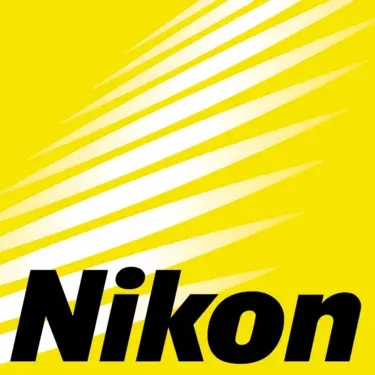NEW YORK (AP) --
Nikon Corp., which helped popularize the 35mm camera five decades ago, will stop making most of its film cameras to concentrate on digital models.
The Japanese company said it wanted to focus on "business categories that continue to demonstrate the strongest growth" as film cameras sales keep shrinking.
Nikon will discontinue seven film-camera models, leaving in production only the current top-line model, the F6, and a low-end manual-focus model, the FM10.
Nikon Corp., which helped popularize the 35mm camera five decades ago, will stop making most of its film cameras to concentrate on digital models.
The Japanese company said it wanted to focus on "business categories that continue to demonstrate the strongest growth" as film cameras sales keep shrinking.
Nikon will discontinue seven film-camera models, leaving in production only the current top-line model, the F6, and a low-end manual-focus model, the FM10.
Dr. Mordrid





 Every company tries to find their selling point in the DSLR market: Canon with its big name, good prices, large number of lenses, and megapixels, Nikon with... don't know, actually, I haven't really followed them, Konica-Minolta with Anti-Shake and lots of buttons and knobs for direct (menuless) access to most settings, Pentax with small and light cameras, Olympus with four thirds (though why this should be a selling point in practice is beyond me)...
Every company tries to find their selling point in the DSLR market: Canon with its big name, good prices, large number of lenses, and megapixels, Nikon with... don't know, actually, I haven't really followed them, Konica-Minolta with Anti-Shake and lots of buttons and knobs for direct (menuless) access to most settings, Pentax with small and light cameras, Olympus with four thirds (though why this should be a selling point in practice is beyond me)...


Comment